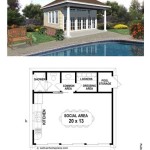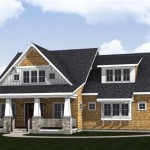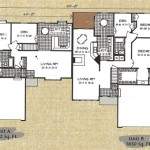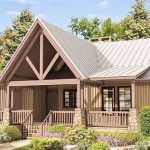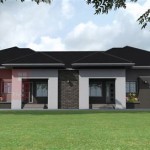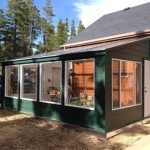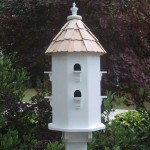Essential Aspects of Guest House Design Plans
Creating a welcoming and comfortable guest house requires meticulous planning. Whether designing a standalone structure or converting an existing space, several crucial aspects must be considered to ensure a successful outcome. This comprehensive guide will explore the essential elements of guest house design plans, providing valuable insights to enhance functionality, comfort, and aesthetics.
1. Define Functionality and Guest Needs
Before initiating design, it's imperative to define the intended purpose and anticipated guest needs. Consider the following:
- Who are the guests? Family, friends, or paying clientele?
- What are their expectations? Privacy, luxury, or budget-friendly accommodations?
- How long will they stay? Short-term visits or extended stays?
Understanding these parameters will guide the design choices for amenities, space allocation, and overall layout.
2. Determine Size and Layout
The size of the guest house should align with the anticipated number of occupants and their needs. Consider:
- Number of bedrooms and bathrooms: Ensure adequate sleeping and bathing facilities.
- Kitchen and dining area: Provide options for meal preparation and dining.
- Living space: Create a comfortable area for socializing and relaxation.
- Outdoor space: Include a patio, deck, or garden for guests to enjoy.
Efficient space planning is essential for maximizing functionality and creating a cohesive flow.
3. Consider Privacy and Comfort
Ensuring guest privacy and comfort is paramount. Consider:
- Separate entrances: Allow guests to come and go as they please.
- Sound insulation: Minimize noise between the guest house and main residence.
- Comfortable beds: Provide high-quality mattresses and linens for a restful sleep.
- Amenities: Offer essential amenities like WiFi, a coffee maker, and toiletries.
Attention to these details will contribute to a memorable and enjoyable stay for guests.
4. Choose a Design Style
The architectural style of the guest house should complement the main residence or stand independently. Consider:
- Local context: Respect the architectural style of the neighborhood.
- Personal preference: Select a style that aligns with the overall aesthetic vision.
- Materials and finishes: Choose materials that are durable, easy to maintain, and visually appealing.
A cohesive design will create a harmonious and welcoming ambiance.
5. Optimize Lighting and Ventilation
Adequate lighting and ventilation enhance the comfort and ambiance of the guest house. Consider:
- Natural light: Maximize natural light through windows and skylights.
- Artificial light: Provide a combination of overhead, task, and accent lighting.
- Ventilation: Ensure proper air circulation through windows, fans, or HVAC systems.
Creating a well-lit and ventilated space will foster well-being and comfort for guests.
6. Incorporate Sustainable Elements
Incorporating sustainable elements into guest house design is not only beneficial for the environment but also adds value:
- Energy-efficient appliances and systems: Reduce energy consumption and expenses.
- Water-saving fixtures: Conserve water resources.
- Recycled and sustainable materials: Promote environmental responsibility.
- Natural landscaping: Enhance the outdoor environment and reduce maintenance.
Sustainability practices can contribute to a positive guest experience and reduce the environmental impact of the guest house.
7. Consider Accessibility and Safety
Designing for accessibility and safety is crucial for all guests, including those with disabilities or mobility impairments. Consider:
- Ramp or accessible entrance: Ensure easy access for all.
- Grab bars and non-slip surfaces: Provide support and minimize fall risks.
- Emergency lighting and exits: Ensure safety in case of an emergency.
- Fire alarm and suppression systems: Protect guests from fire hazards.
Incorporating these features will create a safe and comfortable environment for all.
By carefully considering these essential aspects, you can create a guest house design plan that meets the needs of your guests, enhances their comfort and privacy, and complements the overall architectural aesthetic. Whether designing a cozy retreat for family and friends or a revenue-generating vacation rental, a well-planned guest house will provide a memorable and enjoyable experience for those who visit.

Guest House With Kitchen Plans Small Floor

Gorgeous Guest House Floor Plans Interior Design Ideas Alisha Taylor

Guest House Plan

Gorgeous Guest House Floor Plans Interior Design Ideas Alisha Taylor

Guest House Floor Plans Hotel Design Home Plan

Casita Guest House Floorplan Los Angeles By American Building Innovation Lp Houzz

Guest House Plans Truoba Architects

Best Guest House Design In 2170 Square Feet 201 Architect Org

Guest House Hotel Architecture Layout Plan Details Dwg File Cadbull

Truoba Mini 615 Modern House Plan 924 3
Related Posts

